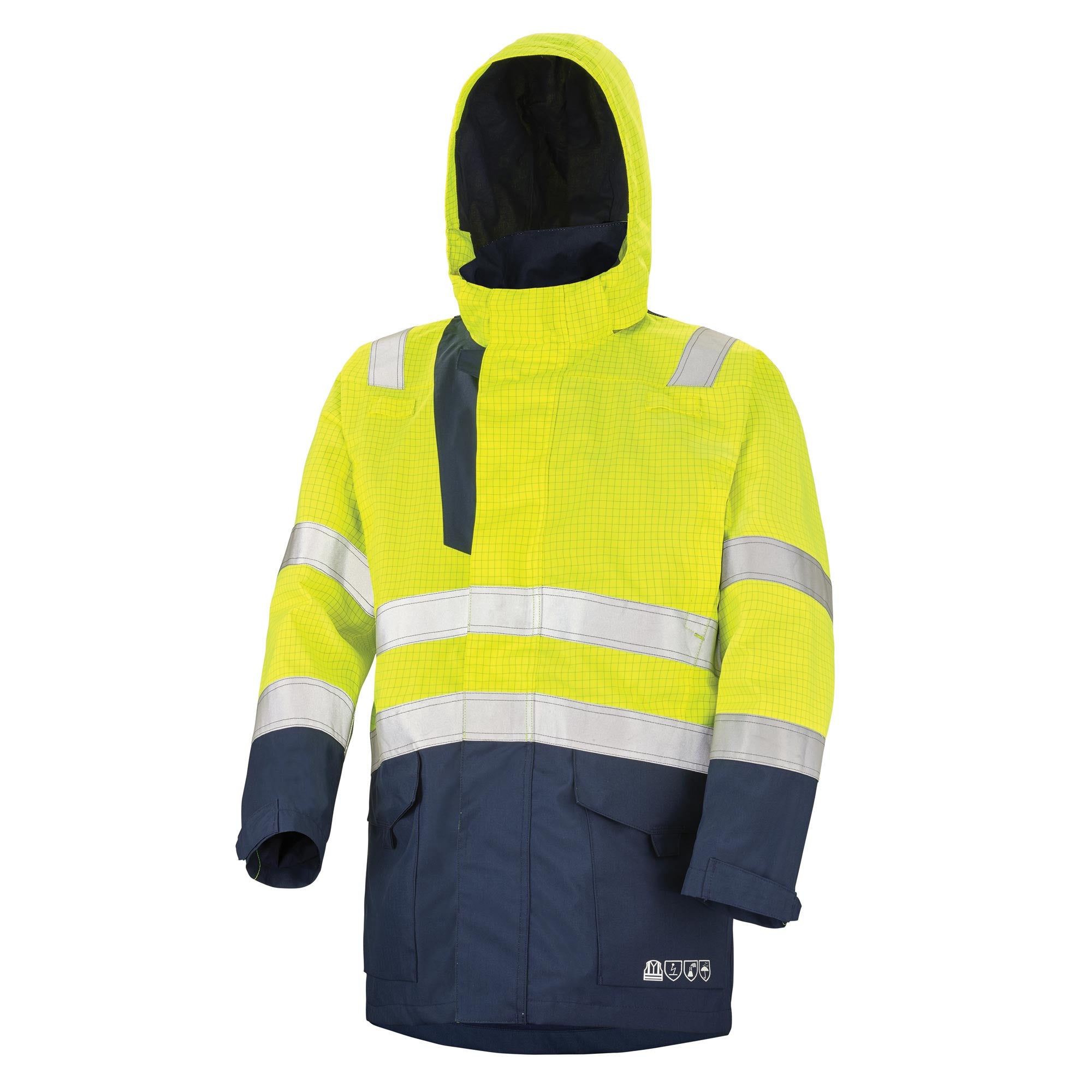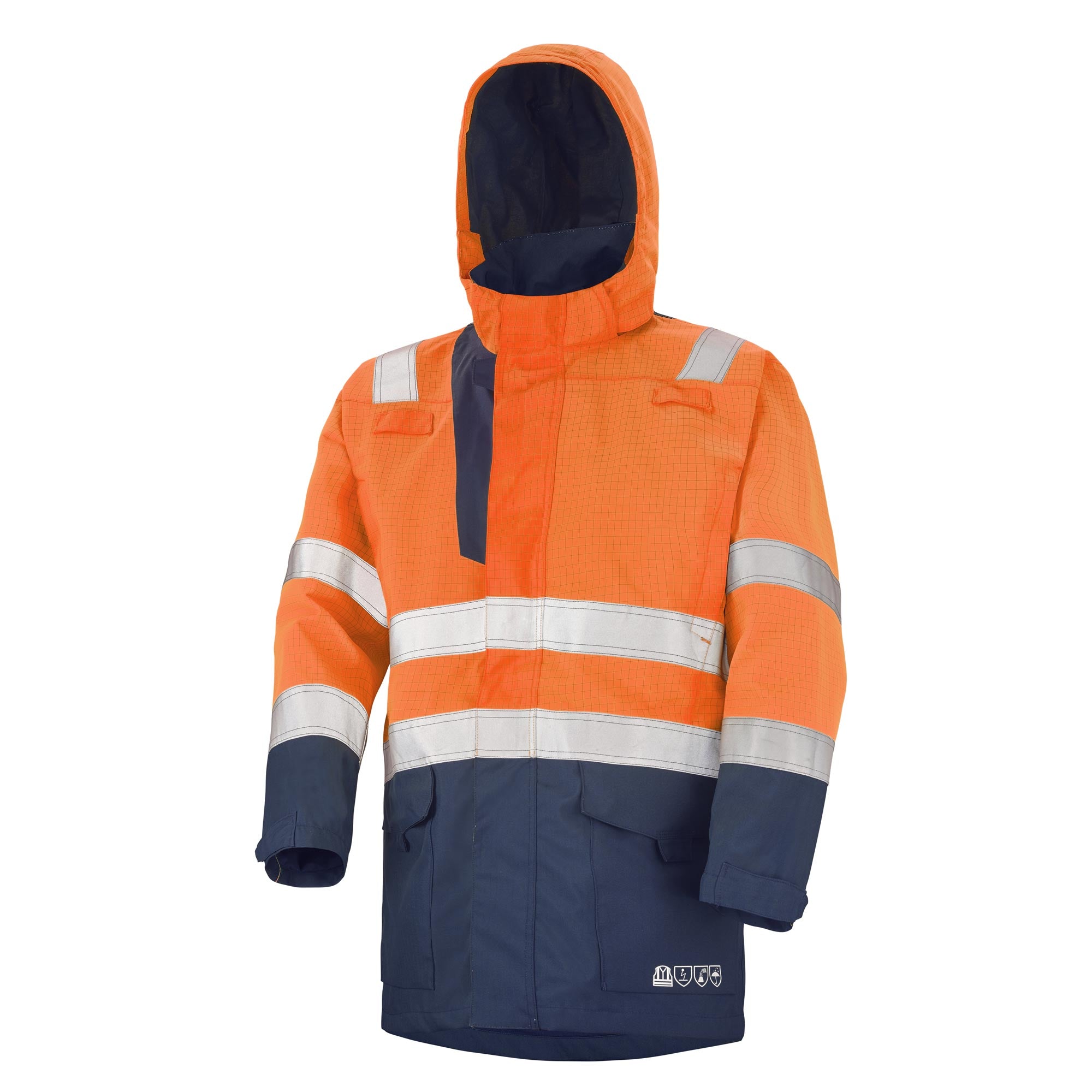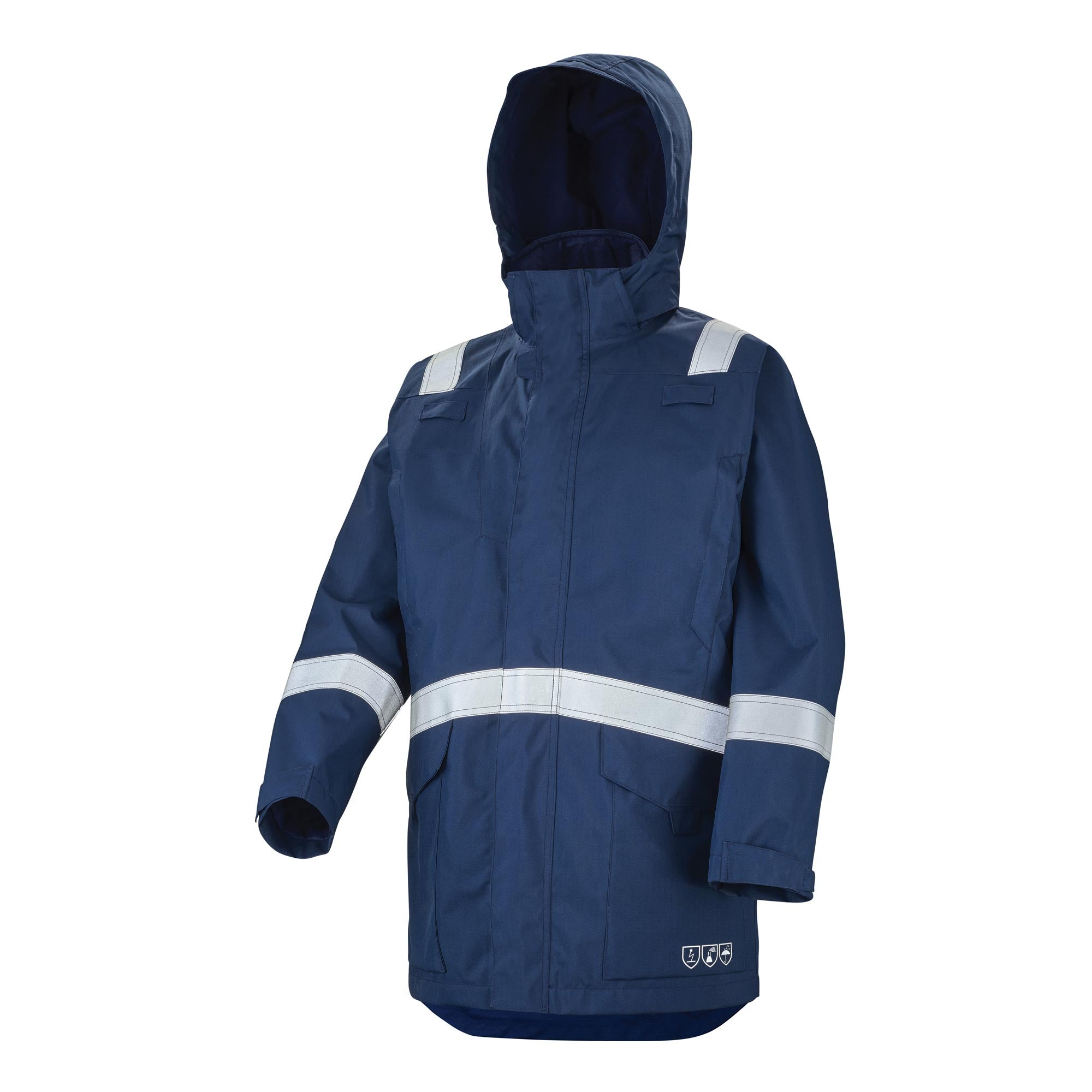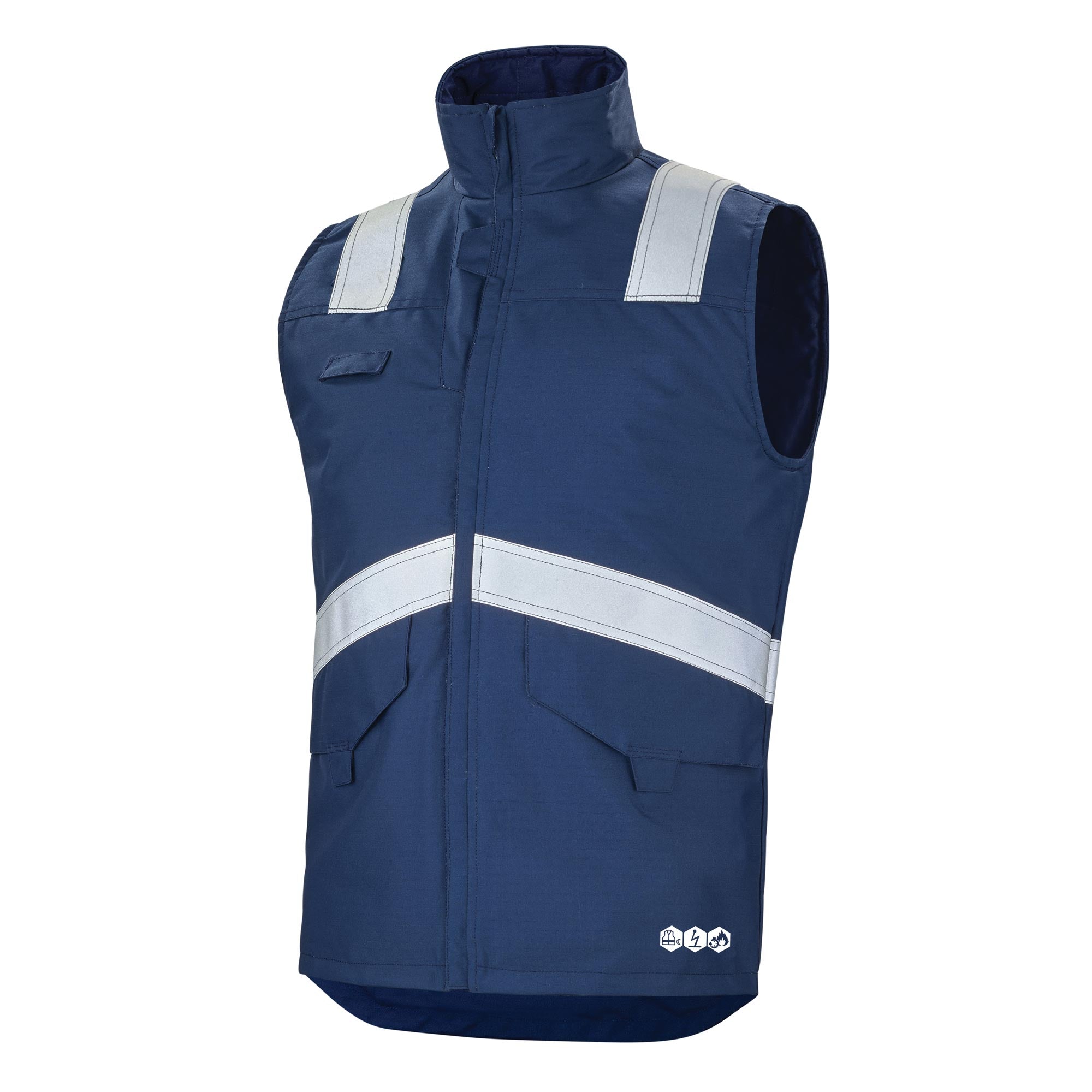EN 14116 certified workwear
EN 14116 certified workwear are personal protective equipment (PPE) designed to protect users against occasional and short-term contact with small flames. This standard is recommended for environments where there is no significant thermal risk (no convection or radiant heat, large splashes of molten metal, or other types of heat).
What is the EN 14116 standard?
The EN 14116 standard – sometimes referred to as EN ISO 14116 – applies to protective clothing against flames providing a first barrier against ignition, without offering enhanced protection against intense thermal risks.This type of clothing is usually used in sectors such as maintenance, emergency response, light industrial maintenance, non-hazardous petrochemical sectors, or for factory visitors who may be exposed to small flames.
Performance and indices of the EN 14116 standard
Performance codification :
-
Limited flame spread index : from 1 to 3
- Index 1 : basic limitation, the garment must not propagate, but may leave holes or molten particles
- Index 2 : intermediate limitation, no formation of holes or molten debris
- Index 3 : high limitation, corresponds to level A1 of the EN ISO 11612 standard, method A
- Durability index : number of washes the garment can withstand while maintaining its flame protection properties
-
Type of washing :
- H : domestic washing
- I : professional industrial washing
- C : dry cleaning
- Washing temperature : specified to ensure the maintenance of flame-retardant properties
Differences between EN 14116 and EN ISO 11612
Unlike the EN ISO 11612 standard (protection against high temperatures and multiple exposures to heat), the EN 14116 standard is intended only for protection against brief contact with flame.It is therefore suitable for situations with limited risk, without the presence of intense heat or significant fire hazards.
Typical uses and relevant professions
EN 14116 garments are recommended for:
- workers facing a low risk of contact with small flames
- light industrial maintenance
- emergency interventions not exposed to large fires
- building maintenance personnel, workshops, laboratories
- factory visitors and service providers in regulated environments
Why choose EN 14116 clothing?
- Regulatory compliance for flame protection
- Workwear comfort combined with lightweight flame-retardant protection
- Ease of maintenance according to defined washing cycles (domestic, industrial, dry cleaning)
- Lightweight and flexible, suitable for daily and versatile use
Advice for selection and use
- Always check the performance rating of the garment according to the expected exposure
- Check the compatibility of the garments with other PPE (gloves, shoes, etc.))
- Follow the washing recommendations to maintain the flame-retardant properties
In summary
EN 14116 workwear is essential for fire safety, protection against small flames, and compliance with minimum on-site safety requirements. Find the full range of EN 14116 certified PPE at Cepovett Safety, to equip your teams according to the standards in force in industry, maintenance, and low-risk environments.











